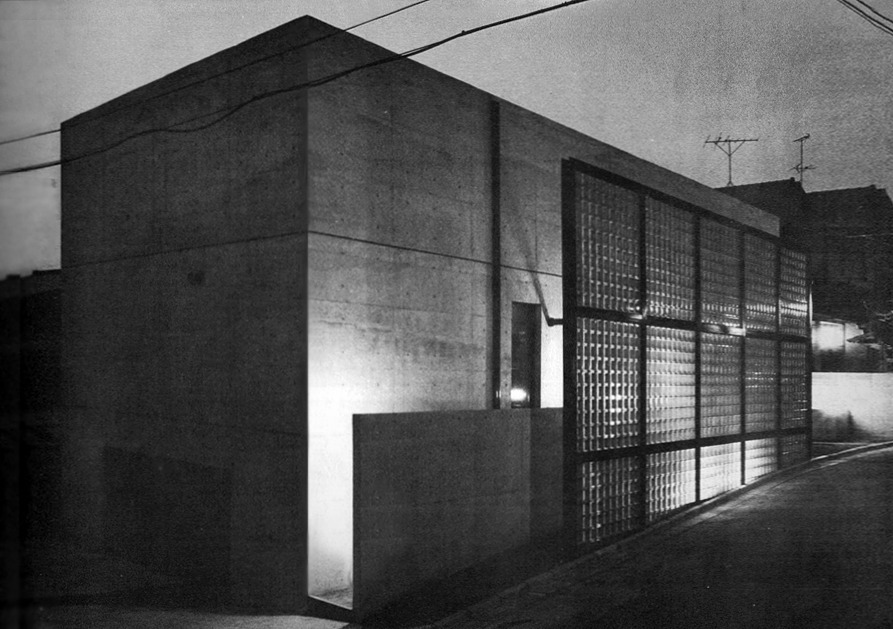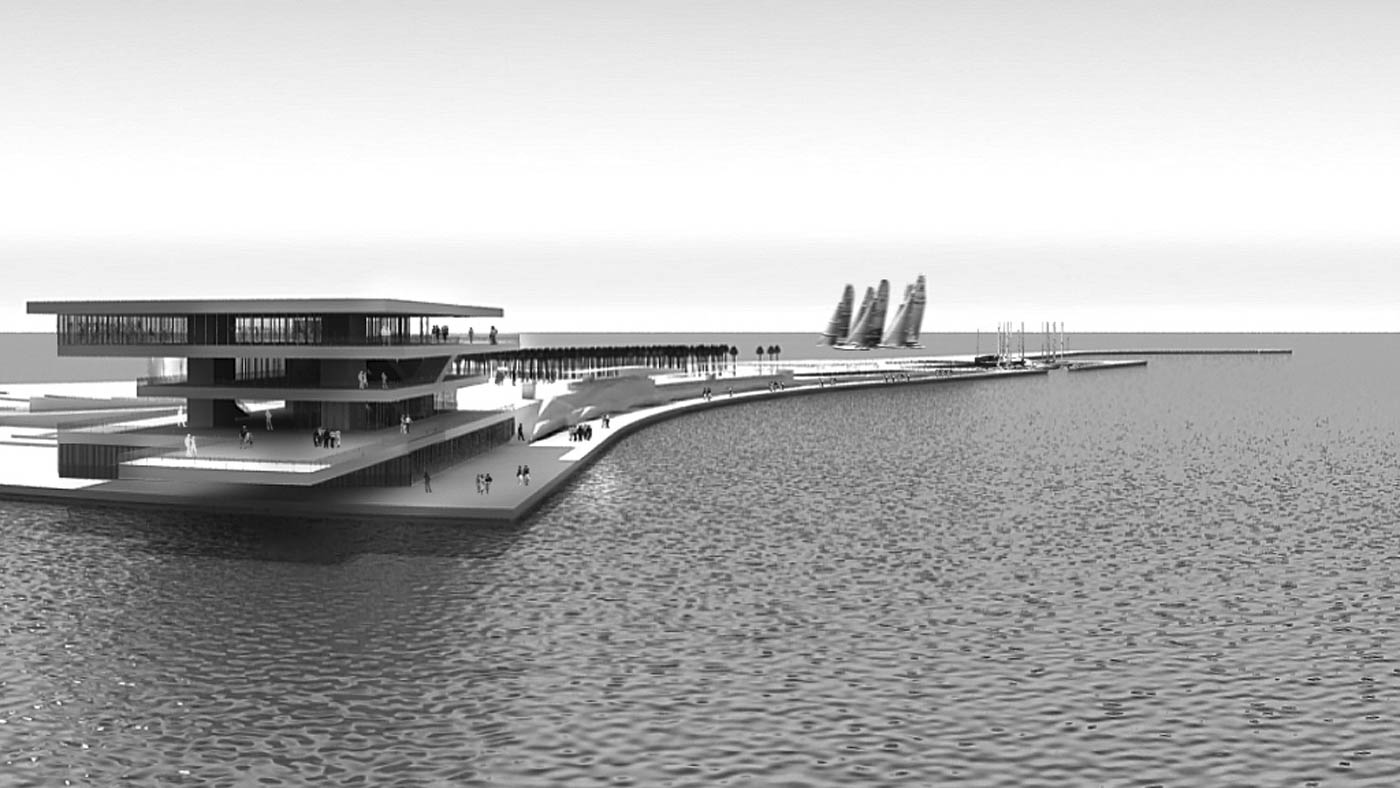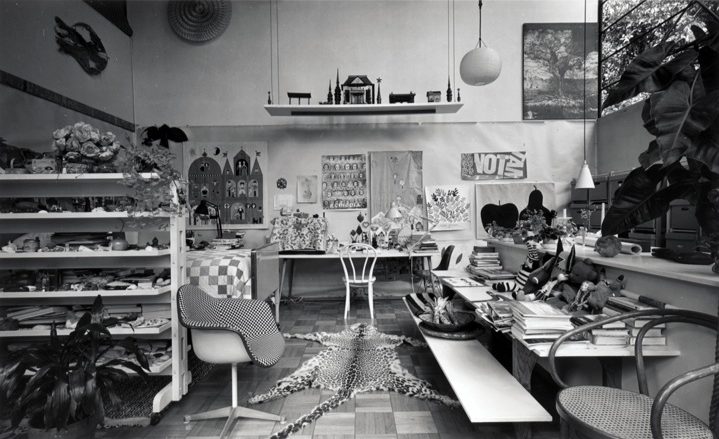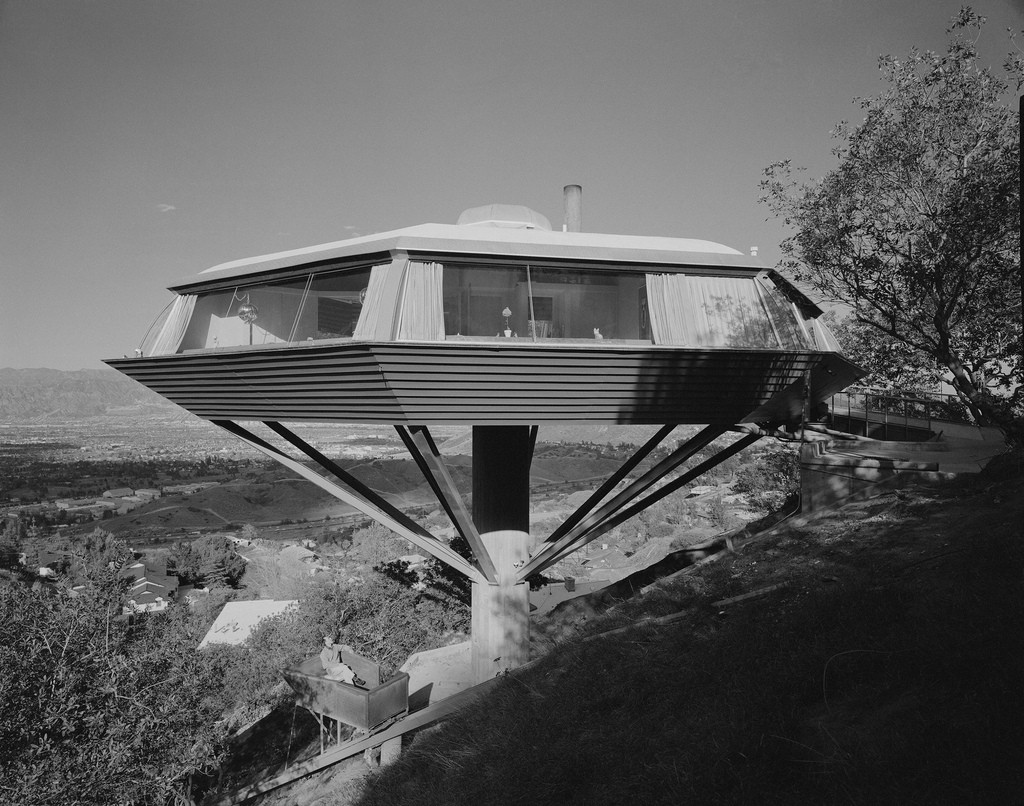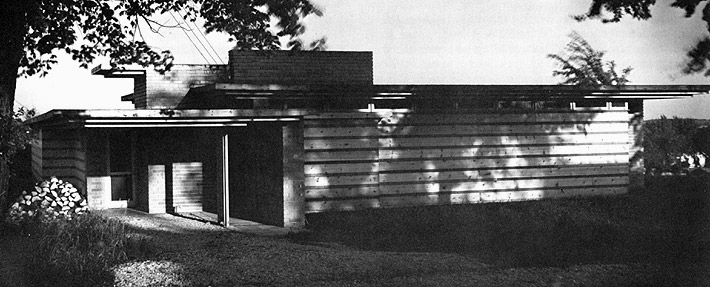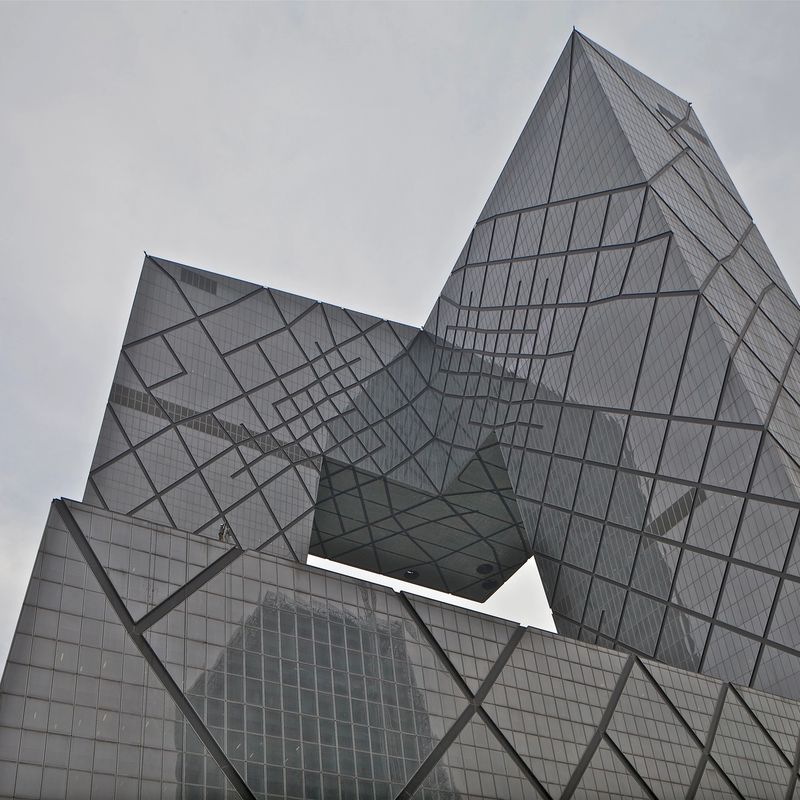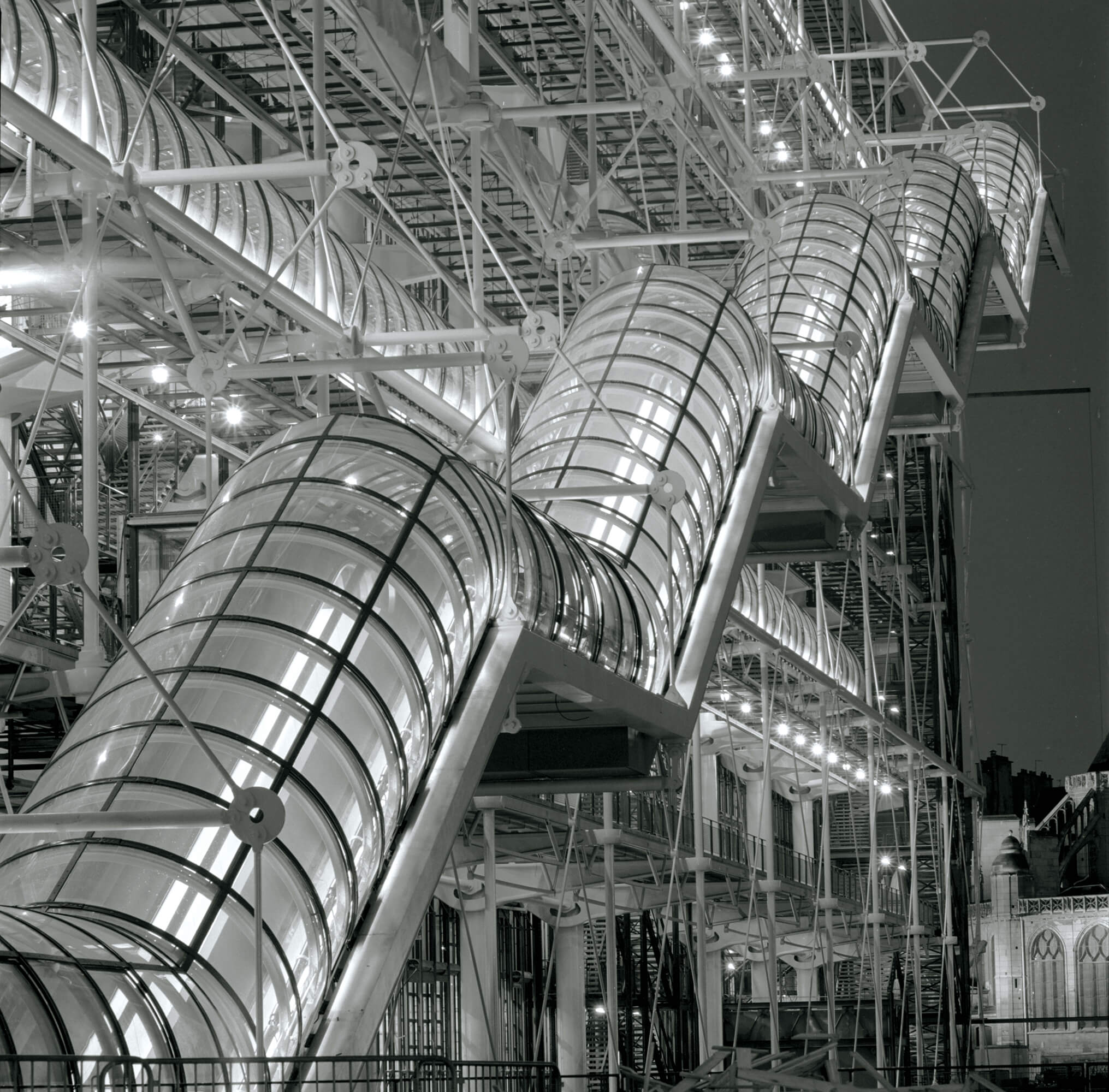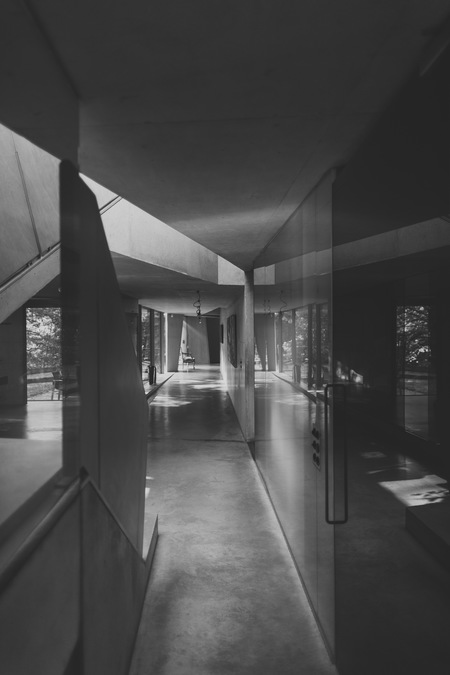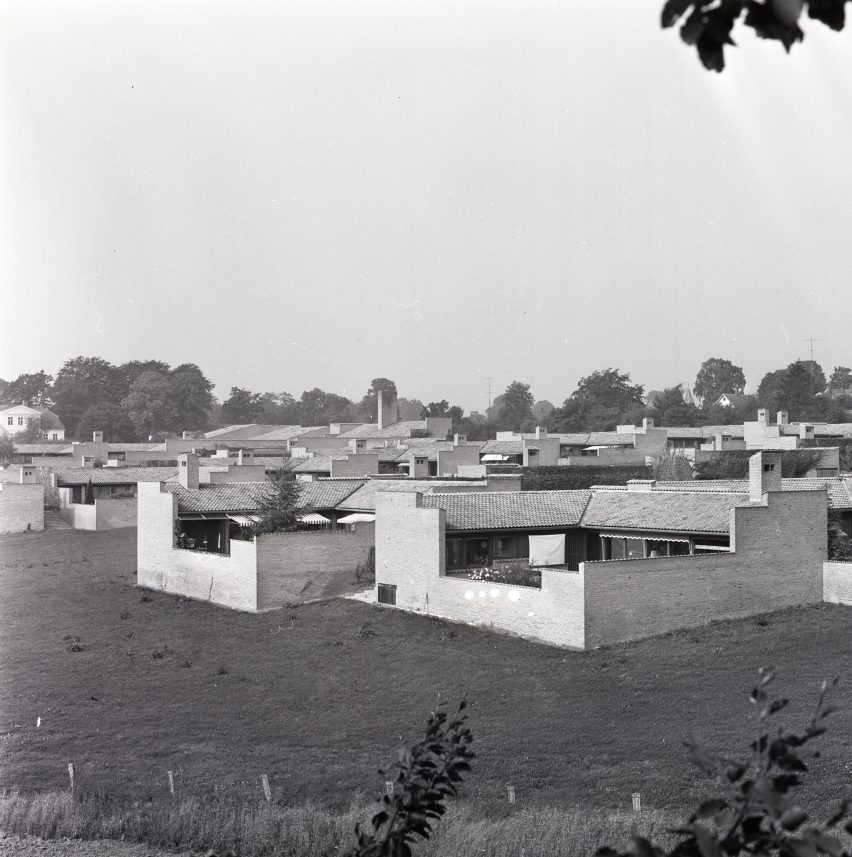TUTORS
Richard Difford - is an academic with expertise both in creative technologies and architectural history. His teaching focuses on architectural representation and the use of electronics and coding in architectural design.
Francois Girardin - is an architect and educator teaching design and cultural context. He has a special interest in material technologies and digital fabrication.
David Scott - is an academic and Director of the Fabrication Lab. His interests are in the transformative application of digital technologies to architectural design.
CONTACT
difford.r@westminster.ac.uk
girardin.f@westminster.ac.uk
scott.d@westminster.ac.uk
AWARDS
TBC
YEAR 1
Ceri Baxter,Thomas Burbery, Sindiso Dlodlo, Hayley Gamham, Shing Ma, Katarzyna Maskowicz, Isaac Read, Joshua Shield, Chung Shu Wing, Laura Walton
YEAR 2
Jonas Brazys, Adelina-Ruxandra Gutu, Martynas Kasiulevicius, Agata Korzeniewska, Hoi Laam Leung. Jacek Nowak, Hardik Patel, Hamza Shaikh, Shaun Taylor
IN PREVIOUS YEARS, DS23 explored the architecture of the factory: from the first mass-produced motor cars to the rise of automation and robots, we traced the way the rational order of the production line inspired a culture of functionalism and an aesthetic of the machine. This year we left the factory behind and turned our attention to the way industrial technologies have spread from the factories and the labs to change every aspect of people's lives. Our focus has been on the contemporary world in which we now live; the rise of digital network technologies and the so-called 'Internet of Things'.
Connected systems, we are told, Will ripple through education, government and business and fundamentally remap and rewire actions, behaviour and social norms. The technology will affect everything from the way people vote to the way we eat at restaurants and take vacations.' But tempting as it is to celebrate this brave new world,
it is also necessary to consider the social and cultural implications of these technologies and look critically at the more sinister aspects of a networked environment. As Bruce Stirling points out, the corporations that promote the Internet of Things,'don't have customers. Instead they have participants under machine surveillance...'
All the more reason, then, to take back control of these devices and to revisit the architectural potential of the machine; to attempt to discover how the information gathering sensors and embedded technologies of today will shape the architecture of tomorrow. In response to this provocation, a series of innovative programmes propose new forms of adaptive architecture. Considered both as technical detail, and at the scale of the urban or natural landscape, these schemes are not virtual worlds but material architecture through which digital technology and physical mechanisms interact.
Dedicated to the memory of Joshua Shield.
ACKNOWLEDGEMENTS
We'd like to thank our guest critics: Anthony Boulanger (AY Architects), Jami Cresser-Brown (Bryden Wood), Gillian Lambert (AOC Architects), Ben Pollock (4D Island), Ben Ward (SOM), AndrewYau.



